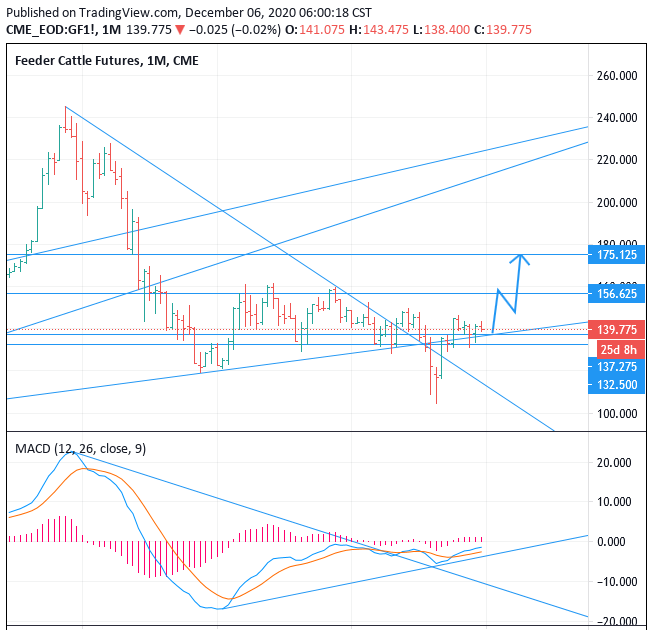
By 2012, calf prices (and cow-calf profits) were likely high enough to justify heifer retention. The combined effect was that cow numbers continued to drop during a time period when they normally would have been expected to start increasing. This was in an area that made up roughly 25% of our entire U.S. Second, during a portion of this same time period, 2011-2013, a major drought hit a large section of the Southern Plains and forced a massive liquidation in the cow herd, further dropping cow numbers during the liquidation phase. This conversion was occurring during the liquation phase of the last cattle cycle and thus caused cow numbers to drop quicker than what we would have normally seen in this phase. First, historically high grain prices from 2008-2013 caused significant conversion of pasture and hay-ground to row crops. Two major external events in the last half-dozen years impacted the current cattle cycle, and changed its dynamics. To us, the cattle cycle is primarily about cow-calf operators responding to profits by expanding their cow herds and the time lag between this decision and the associated supply impact. We have never agreed with this logic, and feel part of that reason is that we may define the cattle cycle differently that most people. Over the last 10 years, many “experts” stated that the cattle cycle is dead or no longer exists.

Don’t expect prices that seem too good to be true to last, they never do. Perhaps it may have been different in terms of how high prices rose, but it was no different in terms of how producers responded to high profits and how quickly these prices came crashing back down. As basic as this may seem, it is easy to get caught up in the euphoria of historically high calf prices and try to find reasons why it is different this time. The implication is that producers respond to high prices by increasing production, which then brings down prices. There is a long time adage by agricultural economists that the cure to high prices is high prices. If the old adage is right and history repeats itself, it’s worth taking a look back to reflect on some things that can be learned.ġ) If Calf Prices Seem too Good to be True, They Probably Are At the same time, producers were making management decisions in a rapidly changing environment. A combination of factors such as cattle inventory, production of competing meats, increasing slaughter weights, and international trade were all at play in the market. We saw prices rise to record levels and then fall as sharply as we have ever seen. The last couple of years have been nothing short of a roller coaster ride for beef cattle producers.

Greg Halich, University of Kentucky Department of Agricultural Economics


 0 kommentar(er)
0 kommentar(er)
